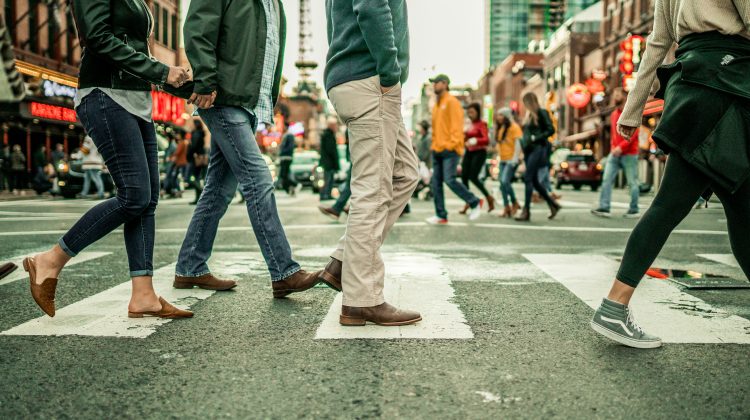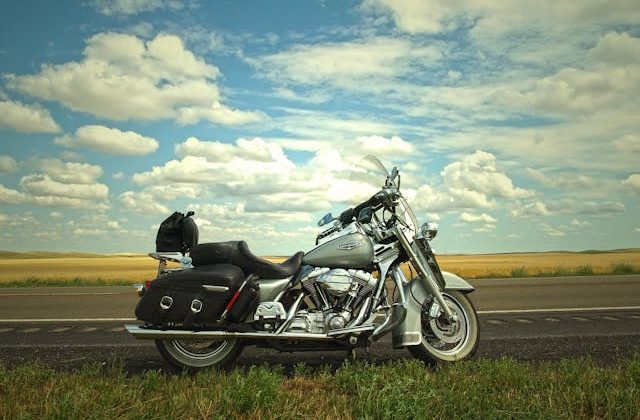A survey conducted from the CDC found that only 29% of adults and 42% of children report always wearing a helmet while biking. This survey implies that more than 70% of adults and more than 50% of children don’t wear a helmet while biking.
In addition, a 2018 study from the NHTSA also concluded that 79% of bicycle riders who died or were injured in any kind of accident between 2010 and 2017 were not wearing a helmet.
Based on these shocking statistics, it is now more important than ever to wear a helmet when you are going on a bike ride, even if it may seem inconvenient.
The Usage of Bike Helmets In Preventing Head Injuries
So why is wearing a helmet so important?
First, and most importantly, they can prevent head injuries of all kinds, whether it be a concussion or a skull fracture. In addition, their main purpose is to help protect the head and reduce the risk of significant injuries when riding bikes.
A study published from the NIH in 2018 also found that the regular use of bike helmets while on a trail or the road helped reduce:
- Head injury by 48%
- Serious head injury by 60%
- Injuries to the face by 23%
- Traumatic brain injuries by 53%
- The total number of seriously injured or killed cyclists by 34%
Lastly, not using a helmet can also result in long term brain damage, which can prove to be devastating to one’s well being.
Types of Bike Helmets Available
Now you might be curious about what bicycle helmets you can buy from the store to help prevent injuries, and the most common types available include:
- Road Bike Helmets
- Mountain Bike Helmets
- Commuter Bike Helmets
Based on these options, it is important to highlight the different components of these products to see which type could be the best fit.
Components of a Bike Helmet
An average bike helmet typically has multiple components, which consists of the:
- Shell: The outer part of your helmet, which gives it shape.
- Fit System: A series of straps that tightens your helmet comfortably.
- EPS Liner: Foam within the inside of a helmet that absorbs impact.
- Chin Strap: This helps keep your helmet tight around your neck.
- Strap Driver: The part that goes around your ears.
- Buckle: What secures the helmet straps around your chin.
Legal Requirements
As of right now, there is no federal law in the United States that requires bike helmets when on the road, but the laws can vary by state or jurisdiction.
For example, the city of San Francisco, California requires their citizens to wear helmets when biking. On the other hand, Salt Lake City, Utah is one of many cities that does not have any sort of helmet laws in place when someone rides a bike.
The consequences of not wearing a helmet in certain states can vary depending on your circumstances, but some standard consequences may include probation or a citation of up to $250.
Why You Should Always Wear A Helmet
Based upon various studies, statistics, and consequences, wearing a bike helmet can:
- Prevent head injuries.
- Protect the head.
- Reduce damage to the head.
In addition, the different types of bike helmets include:
- Road Bike Helmets
- Mountain Bike Helmets
- Commuter Bike Helmets
Lastly, the standard components of a bike consist of the:
- Shell
- Fit System
- EPS Liner
- Chin Strap
- Strap Driver
- Buckle
There are also many legal requirements in place, which could result in potential consequences, depending on the state you are in.
Even if a bike helmet may not necessarily be required if your state may not require it, you should wear a helmet to keep yourself safe.
Just remember, a simple action like wearing your helmet has the power to save lives.





No Comment